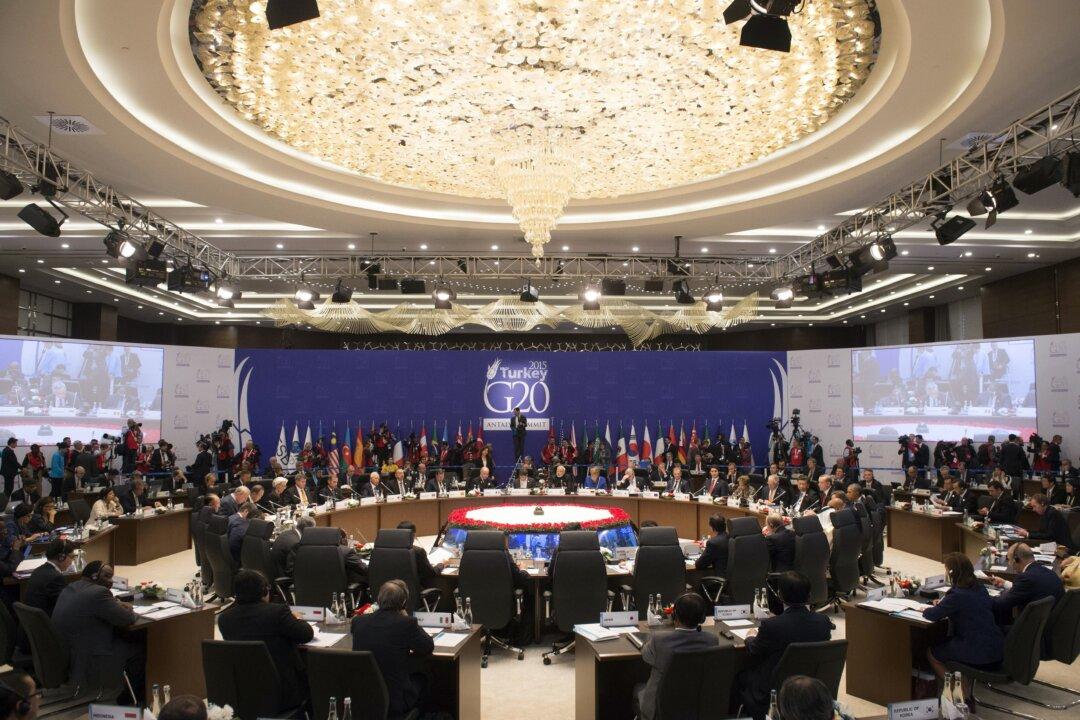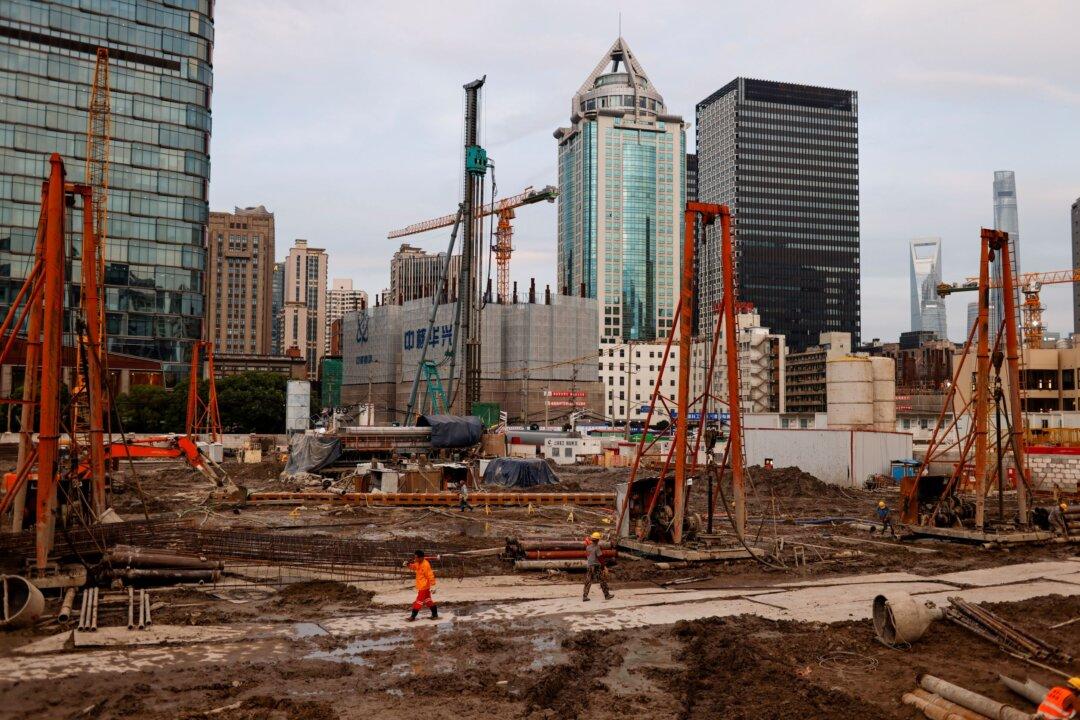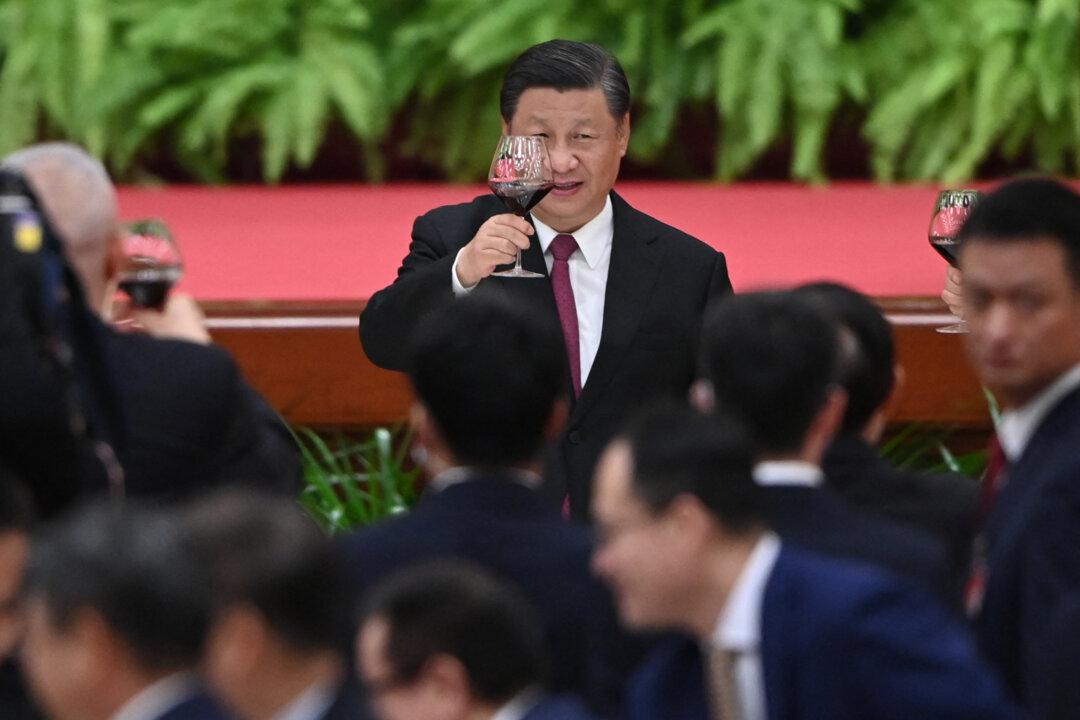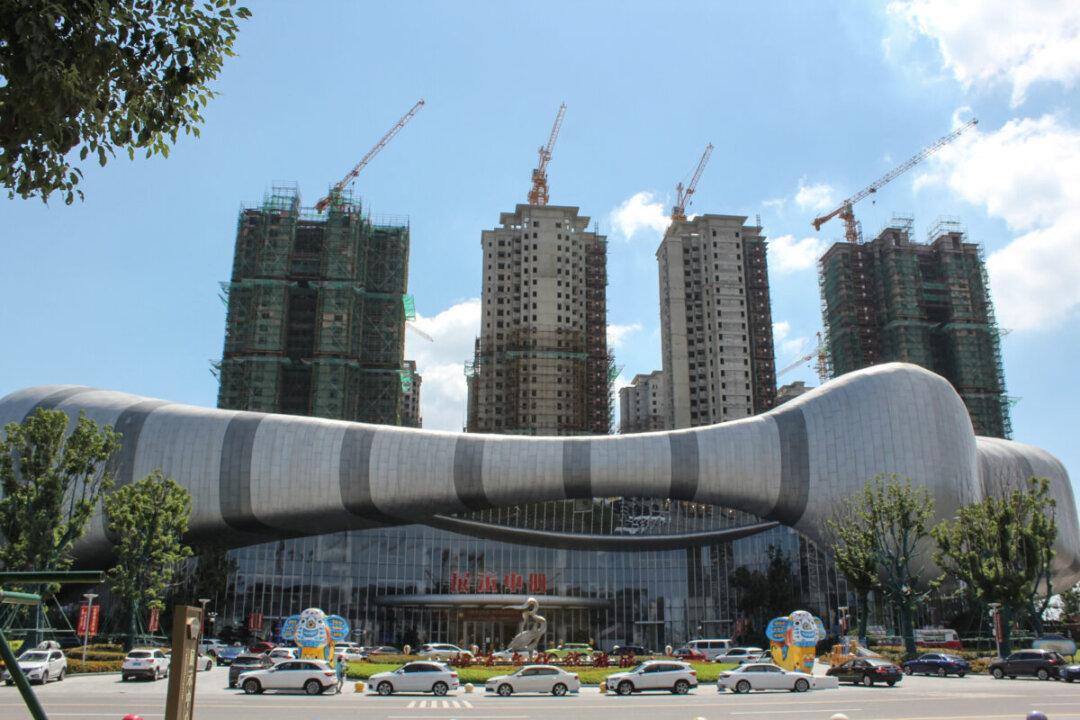Commentary
In the past year, various potential risks of economic globalization have gradually surfaced. A series of events raised the alarm, including the COVID-19 pandemic, the U.S.–China cold war, the global semiconductor shortage, skyrocketing shipping costs caused by a global shortage of containers, and the unexpected blockage of the Suez Canal.





